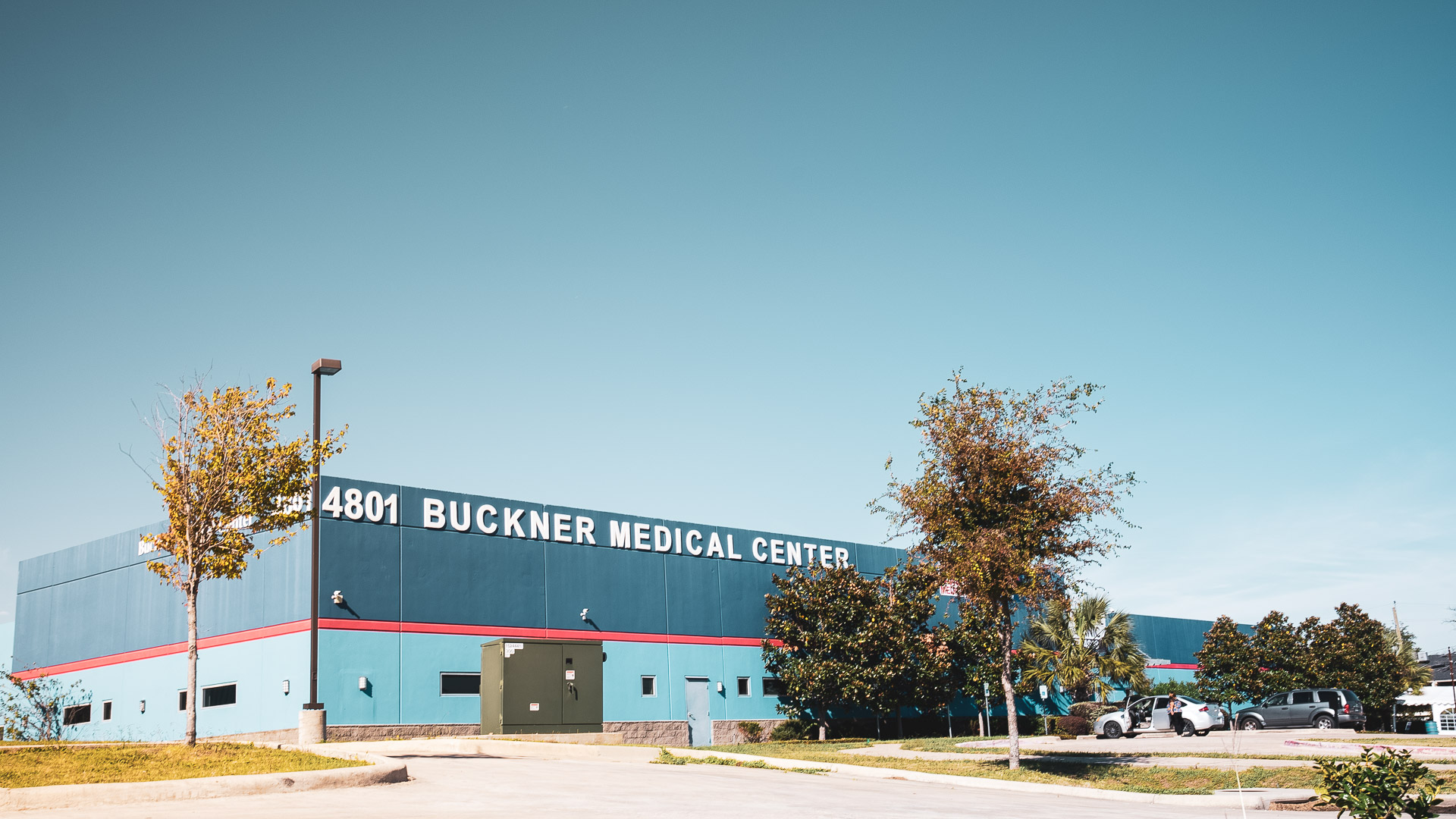Medical office buildings (MOBs) have become a popular investment option in recent years due to the increasing demand for healthcare services. MOBs are specialized commercial real estate properties that are leased or sold to healthcare providers such as hospitals, clinics, and medical groups. The purpose of this paper is to examine the pros and cons of investing in medical office buildings.
Pros of investing in medical office buildings
Stable and consistent cash flow:
MOBs offer a stable and consistent cash flow due to their long-term leases and the demand for healthcare services. Healthcare providers often sign long-term leases, typically ranging from 5 to 15 years, which provides investors with a reliable stream of rental income.
Lower risk:
The demand for healthcare services is relatively consistent, which means that MOBs have a lower risk profile compared to other types of commercial real estate properties. Additionally, healthcare providers are often financially stable and have a low risk of defaulting on their leases.
Inflation hedge:
MOBs are an inflation hedge due to their long-term leases, which typically have rent escalations that are tied to inflation. This means that as inflation increases, so does the rental income from the MOB, providing a hedge against inflation.
Increasing demand:
The demand for healthcare services is increasing due to the aging population and the increasing prevalence of chronic diseases. This means that MOBs are likely to continue to experience strong demand in the future.
Cons of investing in medical office buildings
High upfront costs:
MOBs require significant upfront capital investment due to their specialized design and construction. This can be a barrier to entry for some investors, particularly those with limited capital.
Regulatory risk:
The healthcare industry is heavily regulated, which means that MOB investors are subject to regulatory risks. Changes in healthcare laws and regulations can impact the profitability of MOBs and may require costly upgrades or renovations.
Tenant turnover:
MOBs are dependent on their tenants for rental income, and tenant turnover can be disruptive to cash flow. Additionally, finding new tenants can be challenging, particularly in areas where there is high competition for healthcare providers.
Maintenance costs:
MOBs require ongoing maintenance and upkeep, which can be costly. Specialized equipment, such as HVAC systems and medical gas systems, require regular inspections and maintenance, which can add to the ongoing costs of owning and operating a MOB.
Conclusion
Investing in medical office buildings offers many benefits, including stable and consistent cash flow, lower risk, inflation hedge, and increasing demand. However, there are also significant costs and risks associated with investing in MOBs, including high upfront costs, regulatory risk, tenant turnover, and ongoing maintenance costs. As with any investment, investors should carefully consider the pros and cons before deciding whether investing in MOBs is the right choice for them.


